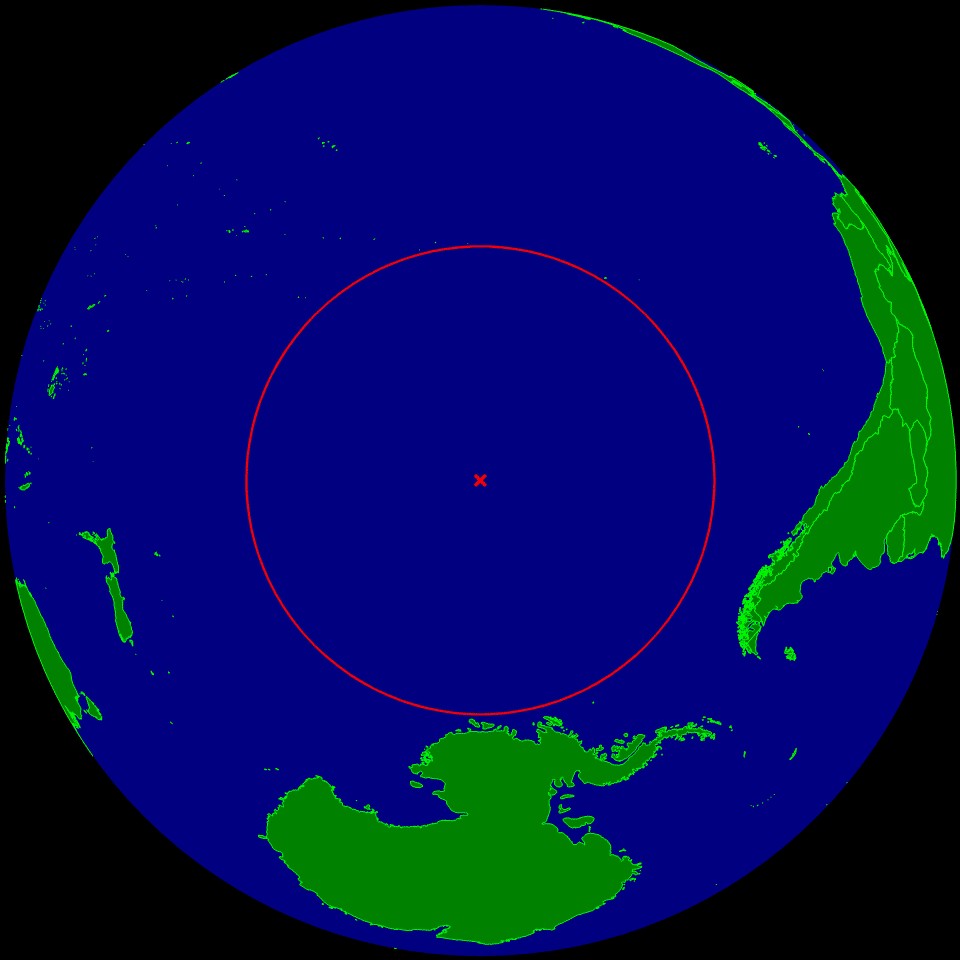NASA has just announced that the International Space Station (ISS) will be deorbited in January 2031. Launched in 1998, this laboratory should normally dive to around 2,700 kilometers from Point Nemo. Located in the Pacific, it is the farthest point from any land surface.
In November 2000, Bill Shepherd Yuri Gidzenko and Sergei Krikalev entered the International Space Station for the first time. Since then, the laboratory has been permanently occupied. More than 3,000 studies conducted by more than 4,200 researchers were carried on board. Unfortunately, the structure is aging and maintenance costs are becoming too high as the United States once again focuses its attention on the Moon.
A while ago, the ISS was supposed to "retire" in 2028. Finally, NASA recently announced that it will play the extensions until 2030 , under the request of the White House. During this time, the American agency will take care of gradually transferring its daily operations to commercial entities in order to free up funds for its lunar exploration program.
Once the ISS is dismantled, NASA will be able to rely on three private companies, Blue Origin, Nanoracks LLC and Northrop Grumman Systems Corporation, which will be responsible for launching commercial stations . If all goes as planned, these structures should be operational by the end of the 2020s.
The station will make its atmospheric reentry as normal in January 2031 . The lab normally has to dive 2,700 kilometers from Point Nemo. This area, far from any land surface, is often used as a cemetery to house the remains of dead satellites and other space stations (such as Mir).

Regarding the deorbiting of the station, several scenarios are being studied, but one of them would be preferred.
Most often, a Russian cargo vehicle docks at the station and transfers some fuel to the thrusters of the main service module to fuel the combustion of the structure. In this way, the ISS rises slightly and continues its route normally around the Earth. Concretely, the idea will be to do the same thing, but in the opposite direction in order to lower the station to the desired altitude. In this way, researchers could ensure its atmospheric re-entry.
The challenge remains nonetheless daunting. As a reminder, the ISS, which weighs 400 tons and measures almost the length of a football field, is the largest artificial object ever placed in low Earth orbit . In 1979, remember that the deorbiting of NASA's Skylab space station led to the dispersion of several pieces of debris across Australia.